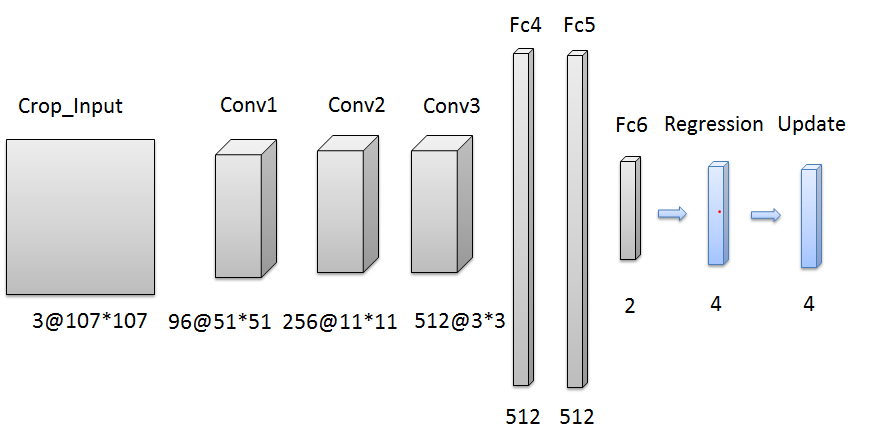
A new target tracking algorithm based on muti-domain network is proposed to track the aircraft target in real time.
Recently, a research team has proposed a fast deep learning for aircraft tracking (FDLAT) algorithm based on the muti-domain network (MDNet).
The team, led by XU Zhiyong and ZHANG Jianlin from Institute of Optics and Electronics (IOE) of the Chinese Academy of Sciences, proposed this new algorithm and applied it to aircraft target real-time tracking in complex scenes.
The algorithm can enhance the target characterization, and effectively overcome the target pose, complex scene interference and other problems.

Figure 1. The fast deep learning for aircraft tracking (FDLAT) networks (Image by IOE)
Nowadays, the mainstream target tracking algorithms mainly include traditional target tracking methods and target tracking algorithms based on deep learning. The target tracking algorithms based on deep learning perform well in feature extraction, but the real-time performance is difficult to guarantee due to its complex calculation.
The research team further optimized the fully connected layer and regression layer in FDLAT networks to overcome these problems.
As a result, the processing speed of target tracking was effectively promoted, and the accuracy of target recognition and target tracking was also promoted.
After optimization, the new algorithm could stably track target in presence of attitude changes, scene interference and scale changes.
The research, published in Opto-Electronic Engineering, was supported by the Major Special Fund funded projects.

86-10-68597521 (day)
86-10-68597289 (night)

86-10-68511095 (day)
86-10-68512458 (night)

cas_en@cas.cn

52 Sanlihe Rd., Xicheng District,
Beijing, China (100864)

